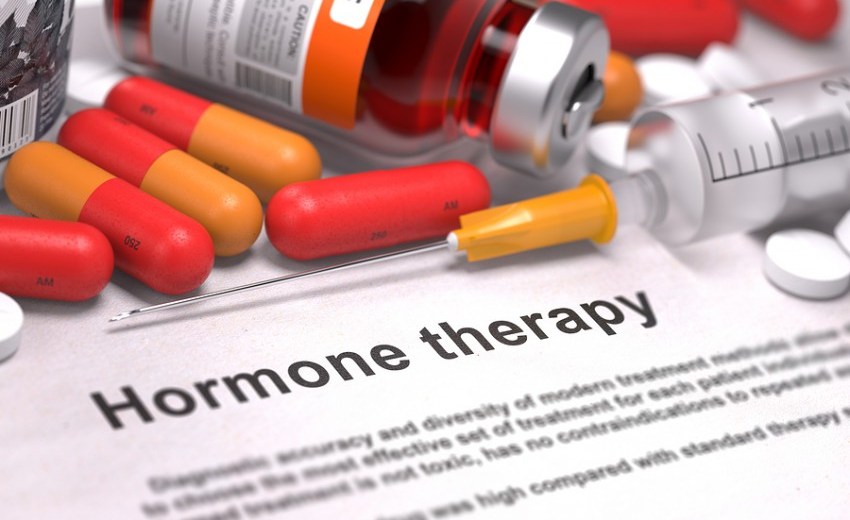Primary Ovarian Insufficiency: Symptoms, Causes, Treatment
What are the symptoms of primary ovarian insufficiency?
Primary ovarian insufficiency (POI), also known as premature ovarian failure, is a condition in which a woman’s ovaries stop functioning properly before the age of 40, leading to a decrease in estrogen production and potential infertility. The symptoms of primary ovarian insufficiency may vary from person to person, but some common symptoms include:
- Irregular or absent menstrual periods: One of the primary symptoms of POI is irregular or absent menstrual periods, which may occur due to the lack of ovarian function and estrogen production.
- Hot flashes and night sweats: Women with POI may experience symptoms commonly associated with menopause, such as hot flashes, night sweats, and other vasomotor symptoms.
- Vaginal dryness: Decreased estrogen levels can lead to vaginal dryness and irritation, which may cause discomfort during intercourse.
- Mood changes: Hormonal fluctuations associated with POI can lead to mood changes, such as irritability, anxiety, or depression.
- Fatigue: Some women with POI may experience fatigue or lack of energy due to hormonal imbalances.
- Infertility: POI can lead to infertility due to the inability of the ovaries to produce viable eggs for fertilization.
- Bone health issues: Decreased estrogen levels can also impact bone health and increase the risk of osteoporosis in women with POI.
It is important to consult with a healthcare provider if you are experiencing any of these symptoms, as early detection and treatment of primary ovarian insufficiency can help manage symptoms and reduce the risk of long-term complications.
What are the causes of primary ovarian insufficiency?
Primary ovarian insufficiency (POI), also known as premature ovarian failure, occurs when a woman’s ovaries stop functioning properly before the age of 40, leading to a decrease in estrogen production and potential infertility. The exact causes of POI are not always clear, but several factors may contribute to the development of this condition. Some common causes include:
- Genetic factors: Some cases of POI may be caused by genetic abnormalities or mutations that affect ovarian function. Certain genetic conditions, such as Turner syndrome or Fragile X syndrome, are associated with an increased risk of developing POI.
- Autoimmune disorders: In some cases, the immune system may mistakenly attack the ovaries and interfere with their normal function, leading to premature ovarian failure.
- Chromosomal abnormalities: Certain chromosomal abnormalities, such as X chromosome abnormalities, can increase the risk of developing POI.
- Environmental factors: Exposure to certain environmental factors, such as toxins, radiation, or chemicals, can also impact ovarian function and contribute to the development of POI.
- Medical treatments: Previous medical treatments, such as chemotherapy or radiation therapy, can damage the ovaries and lead to premature ovarian insufficiency.
- Surgical interventions: Surgery involving the removal of the ovaries or certain reproductive organs can also cause POI.
- Other factors: Other factors such as hormonal imbalances, infections, or metabolic disorders may also contribute to the development of primary ovarian insufficiency.
It is important to consult with a healthcare provider if you suspect you may have POI, as early detection and treatment can help manage symptoms and address potential fertility issues.
What is the treatment for primary ovarian insufficiency?
There is no cure for primary ovarian insufficiency (POI), also known as premature ovarian failure, as it is a condition in which the ovaries stop functioning properly before the age of 40. However, treatment options are available to help manage the symptoms of POI and address potential complications. Some common treatment approaches include:
- Hormone replacement therapy (HRT): Hormone therapy, such as estrogen and progesterone replacement, can help alleviate symptoms associated with decreased estrogen levels, such as hot flashes, vaginal dryness, and bone loss.
- Fertility preservation: For women who wish to preserve their fertility, options such as egg freezing, embryo freezing, or ovarian tissue freezing may be considered before the onset of POI.
- Psychological support: Dealing with the emotional impact of POI, such as infertility, can be challenging. Counseling or support groups can help women cope with these emotional issues.
- Bone health management: Since women with POI are at an increased risk of osteoporosis, it is important to monitor and manage bone health through regular screenings, calcium and vitamin D supplementation, and lifestyle modifications.
- Lifestyle changes: Maintaining a healthy lifestyle, including regular exercise, a balanced diet, and avoiding smoking and excessive alcohol consumption, can help manage symptoms and improve overall health.
- Alternative therapies: Some women with POI may benefit from alternative therapies such as acupuncture, herbal supplements, or stress management techniques to alleviate symptoms.
It is important for women with POI to work closely with a healthcare provider, such as an endocrinologist or gynecologist, to develop a tailored treatment plan based on their individual needs and preferences. Regular follow-up appointments and monitoring are essential to ensure that the treatment is effective and to address any potential complications.




